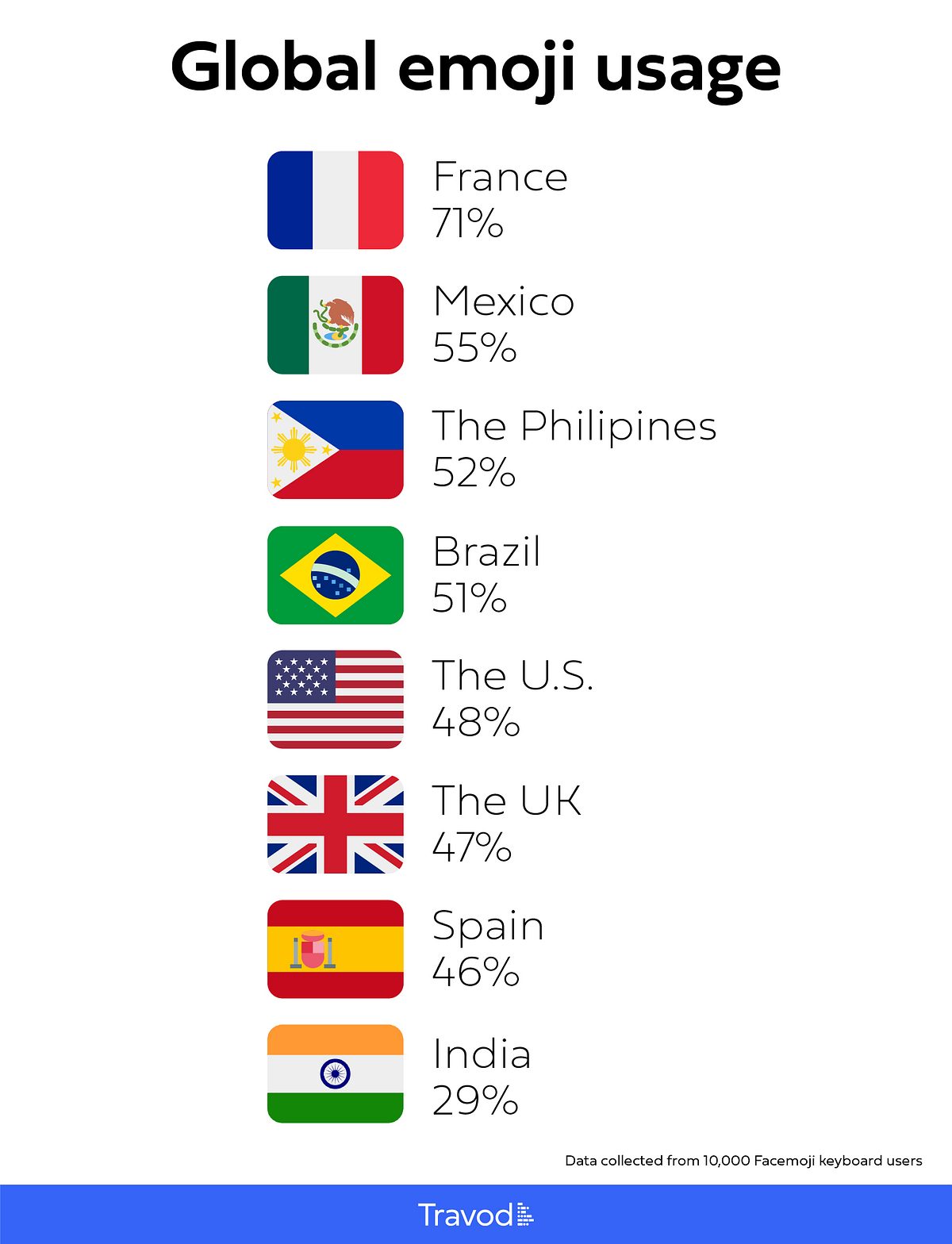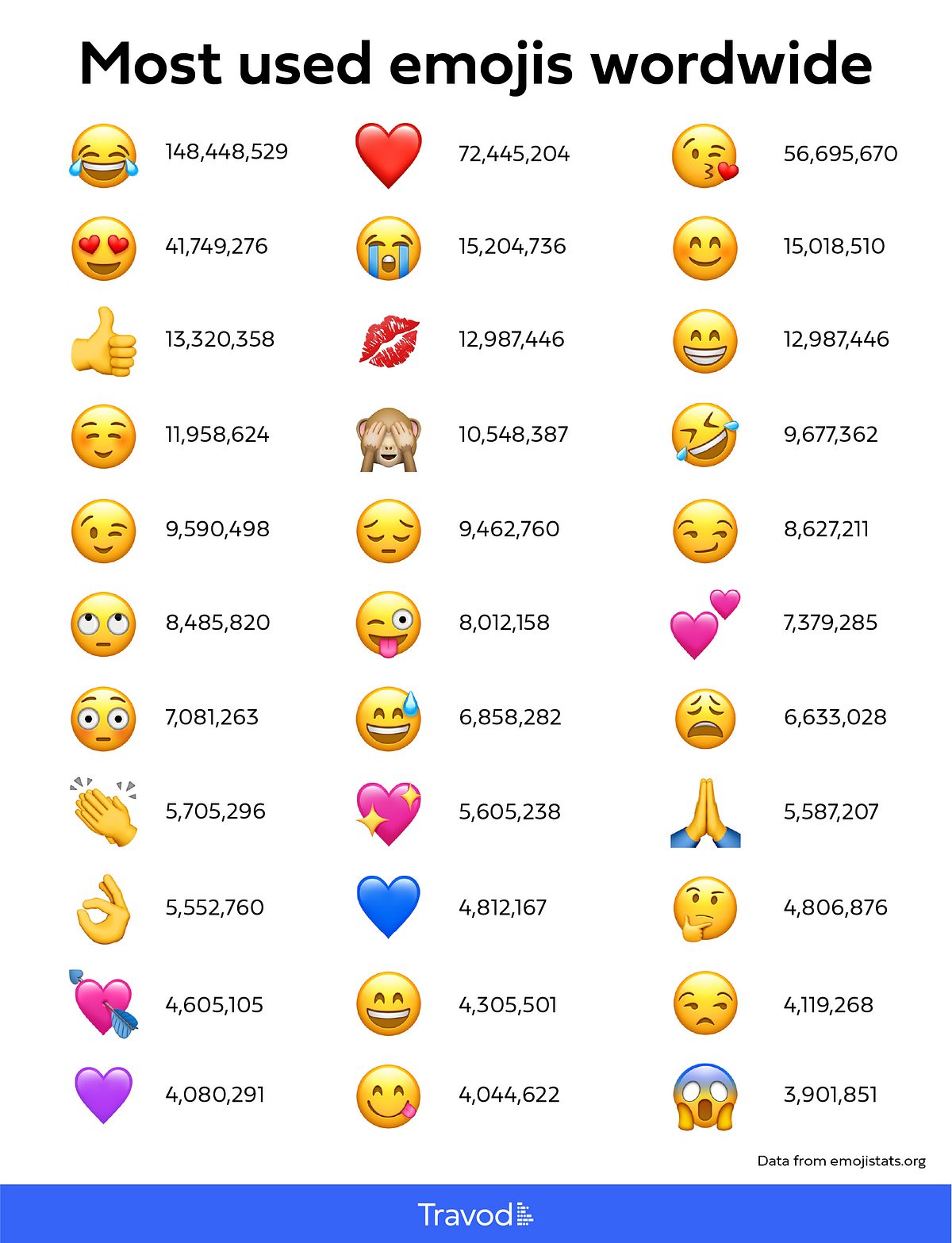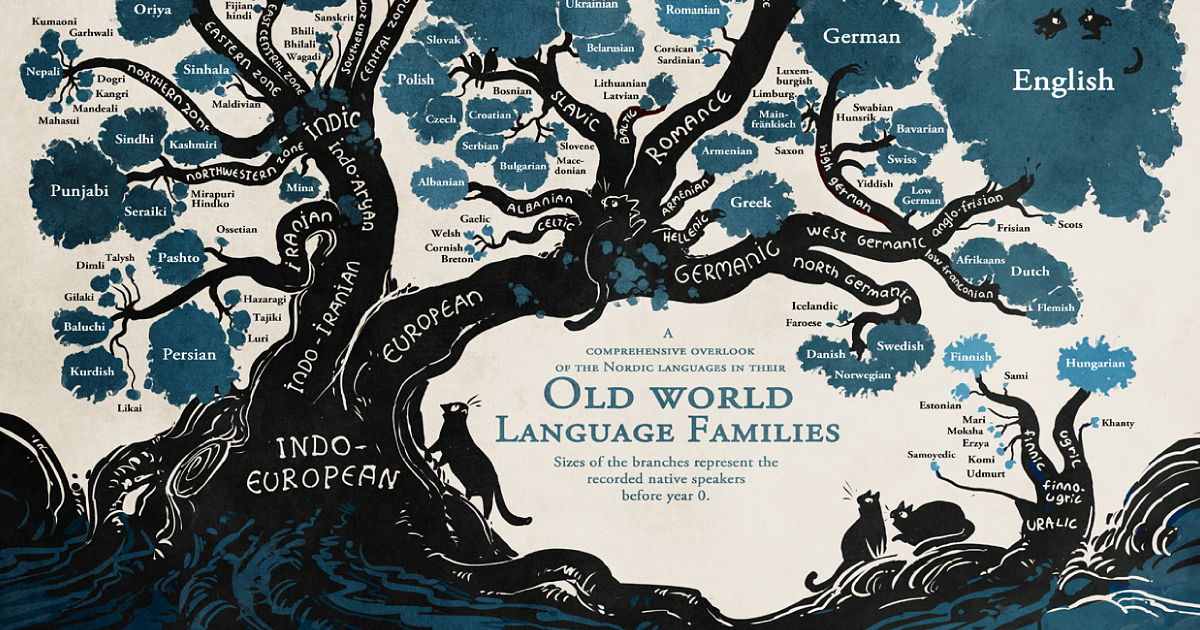
Is emoji becoming the most spoken language?
Emoji is fast becoming the world’s first truly global form of communication. Today, emojis have become part of our daily existence with more than 90% of social networking users communicating through emojis and more than 6 billion being exchanged every day.
Since their birth in 2011, emojis embedded as glyphs in our digital keyboards and have taken the world by storm. The word emoji, which comes from the Japanese (“picture”) + moji (“character”) are single-character glyphs created in Japan in the late 1990s, however, they only became globally available in 2011 because Apple had incorporated them in the iOS 5 operating system. There are about 1,900 images to choose from.
What do Emojis mean?
Emojis are very effective for enhancing and enriching the messages in our modern digital exchanges, conversations, and interactions, often adding a note of humour, affection or even frustration into text.
Will Emojis replace English as the global language?
English is recognized as THE global language with 1.5 billion speaking English and its global reach historically through the British Empire. However, English’s reign as the global language may be coming to an end and shockingly it is being replaced by icons of smiley faces, thumbs up and kisses. There are 3.2 billion internet users and most of them engage via their smartphones with emojis. Hence, the global reach of emojis is far bigger than the English language. Therefore, we are witnessing the rise of emojis as the major tool for communication and expression.
Globally, emoji usage is increasing dramatically.
Following data collected from 10,000 Facemoji keyboard users we can see that France has the highest percentage:

Another appealing element of emoji is that these icons help capture your tone of voice, which has always been a problem when writing online. They convey emotional nuance in short, online utterances. Furthermore, they enable us to communicate with non-speakers of the same language. For example, the abbreviation “LOL” (an acronym for lots of laughs or laugh(ing) out loud) has been replaced by smiling emojis, which, unlike many abbreviations, are instantly recognizable by users of social networks around the world.

Emoji Language and the Court of Law
Emojis can get you locked up in jail! They are recognized as proof of threatening or harassing behaviour. There have already been cases of people being arrested for using icons considered threatening. For example, in 2015 a teenager in the United States was charged with terrorism for a Facebook post with gun emojis aimed at a police officer. In 2016, a man in France was sentenced to three months in jail for sending his ex-girlfriend messages with gun icons. After cases like that, Apple replaced the revolver icon with a water gun.
Emoji and Branding
McDonald’s released ‘minimalist’ billboard ads made up entirely of emoji’s to get the message of the restorative powers of its meals for the ‘Good Times’ campaign. Initially trialed in Paris, the success means they’re being rolled out globally.The WWF employed a #EndangeredEmoji Twitter campaign to help save animals from extinction. The charity created 17 emojis for endangered animals and are encouraging people to donate 10p every time they retweet one.
Interestingly, there could potentially also be a huge impact on the theorization of translation, translation practices and concepts. Arguably, if emoji indeed become the most spoken language then there would be a need for emoji translators and a whole dictionary created.
In the final analysis, whatever the metric, the adoption rate of emoji is staggering; and this provides grist for the mill that emoji is now the world’s new global form of communication; it matters not a jot whether your native tongue is English, Finnish or Japanese: the smiley face means the same thing in every language.
Subscribe for more
Stay up to date with the latest articles, news and translation insights


